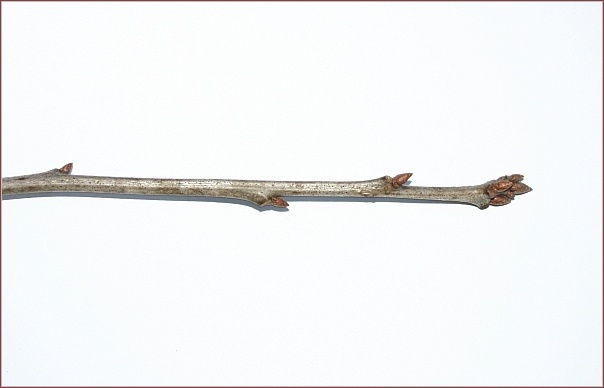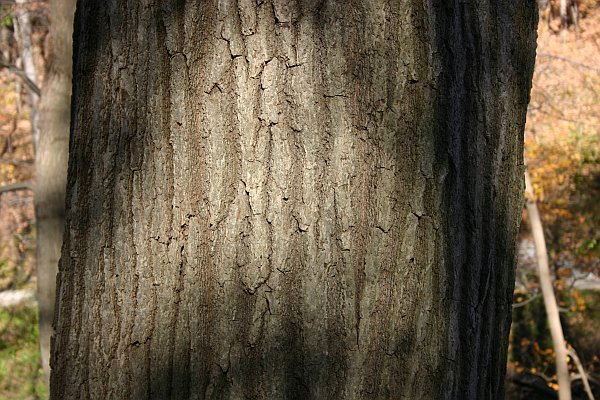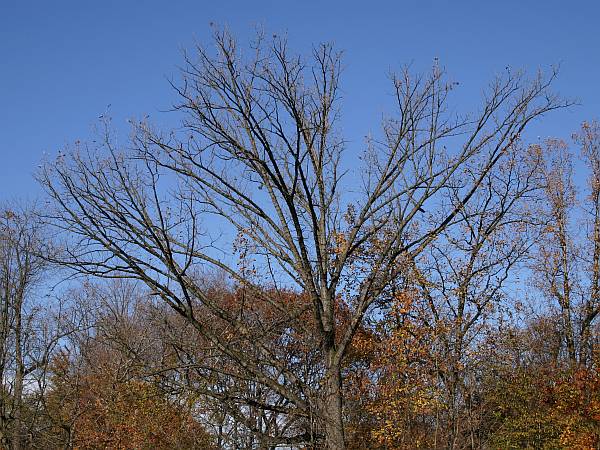
If you’ve traveled around the country you may have noticed there’s a different mix of trees outside of Pittsburgh. Compared to other parts of North America, southwestern Pennsylvania has few pines and spruces, no white birches (unless planted) and no mangroves. But we do have a lot of oaks and hickories.
Pittsburgh’s habitat type is the oak-hickory forest, the widest ranging deciduous forest type in eastern North America. Oak-hickory forests are dominated by oaks and hickories (of course) and are home to birds and animals who eat the acorns and nuts: blue jays, wild turkeys, gray squirrels, fox squirrels and eastern chipmunks.
The northern red oak (Quercus rubra) and eastern black oak (Quercus velutina) are indicator species for the oak-hickory forest. Both are in the red oak group, are very similar and even hybridize. For purposes of this simple tree guide I’ll help you recognize “red oaks.”
All oaks produce acorns and have a cluster of buds at the tip of the twig. In eastern North America oaks fall into one of two groups: reds and whites. Here are the differences between them:
- Red oak group:
- Leaves have pointed or bristly tips on each lobe
- Buds have pointed tips and are larger than white oaks’ buds
- Acorn cup scales are brownish and flat; the cup is hairy inside
- Bark is generally dark, smooth or ridged but not peeling
- White oak group:
- Leaves have rounded lobes
- Buds are blunted, rounded and generally smaller
- Acorn cup scales are knobby and paler; cup is not hairy inside.
- Bark is paler, peeling from higher trunk and branches, looks as if it was rubbed off at the base of the tree.
Notice in the photo above how the buds are clustered at the tip and are pointed.
Red oak bark is dark and doesn’t peel. Even though it has ridges, the ridge tops still have a smooth appearance.

Oaks have bumper crops of acorns every few years on a cycle that’s determined by species. Red oaks cycle every 3-4 years; white oaks every 4-10 years. This abundance and scarcity causes a fluctuation in those who eat the acorns, too.
Sometimes you can recognize oaks from afar because their crowns are massive, wide and spreading. Here’s a red oak seen from a distance in Schenley Park.

Interestingly, the red oak is the dominant oak in Schenley Park and often has a reddish tinge in the bark’s furrows or on the surface. I’m not sure why or even if this tinge is diagnostic. (See the slight reddish tinge in the bark furrows above.)
(photos by Kate St. John)